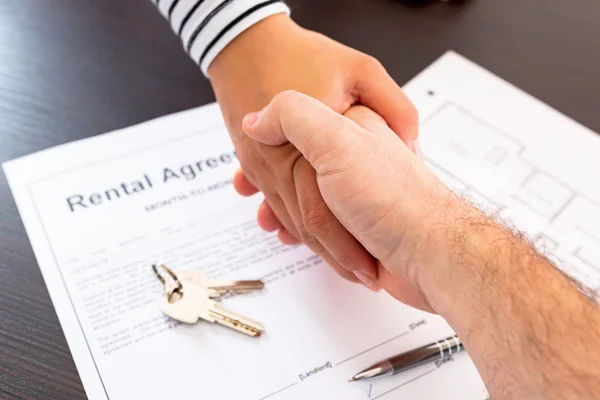
Tailoring Your Lease: Customizing a Minnesota Residential Rental Agreement
A minnesota residential lease agreement is a vital record that describes the stipulations of leasing a house in Minnesota. Whether you’re a property owner or possibly a renter, comprehending the essentials on this agreement is essential to ensure a smooth and legally binding rental approach. Here’s what you ought to know:
1. Parties Involved: The rent contract typically consists of two events: the property owner (house owner) and also the renter (renter). Both parties needs to be plainly determined from the arrangement, which include their contact details and then any representatives or agents working in the deal.
2. Residence Explanation: The rent should include a detailed explanation in the hired house, which includes its street address, model amount (if relevant), as well as any specific characteristics or features included with the rental.
3. Lease Phrase: This specifies the duration of the rent, for example the start off time and stop particular date. It may be a fixed-word lease, like half a year or one 12 months, or a month-to-30 days rent, dependant upon the agreement between the landlord and renter.
4. Rent Transaction Particulars: The deal should outline for you the entire hire sum expected, the expected day for obligations, suitable settlement strategies, and any penalties for later obligations. This may also involve information regarding lease boosts through the rent phrase.
5. Stability Put in: In Minnesota, property owners can acquire a security alarm downpayment from tenants to cover any damage beyond regular wear. The lease should indicate the level of the down payment, the situations for its come back, as well as any deductions which may be created.
6. Upkeep and Repairs: The duties of the landlord and renter about house upkeep and improvements ought to be evidently specified within the lease contract contract. Including who is accountable for routine routine maintenance activities and improvements due to problems or disregard.
7. Regulations: The lease contract may include specific rules and regulations about disturbance degrees, pets, subletting, smoking cigarettes, and other facets of living in the rental home. The two of you are expected to comply with these policies during the entire hire expression.
8. Termination Clause: This section outlines the situations under which either bash can terminate the hire early, like breach of commitment or non-transaction of lease. It may also involve any notice needs for termination.
9. Legitimate Disclosures: Property owners in Minnesota are required to supply a number of legitimate disclosures to renters, such as information regarding direct-structured painting threats (for components developed well before 1978) as well as the legal rights and commitments of the two of you under state regulations.
10. Signatures: Lastly, the hire arrangement has to be agreed upon and outdated by the landlord and tenant being legally binding. It’s required for the two of you to read the contract carefully before you sign and also to have a version for their data.
In summary, a Minnesota residential lease agreement is a vital document that protects the rights and likes and dislikes of equally property owners and renters. By being familiar with its crucial elements and making sure crystal clear communication between all parties included, both landlords and tenants will love a good and headache-free of charge lease experience.




